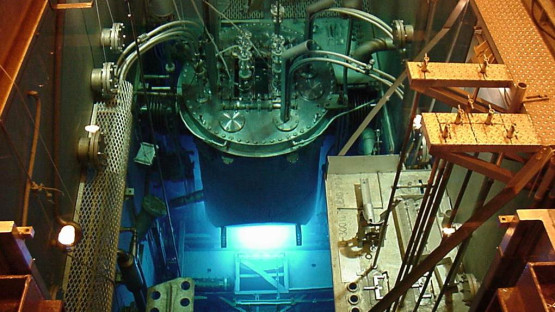From 30 September to 4 October 2013, the IAEA carried out an Integrated Nuclear Safety Assessment of Research Reactors (INSARR) mission at the SAFARI-1 research reactor, located in Pelindaba, South Africa, and operated by the South African Nuclear Energy Corporation (NECSA). The mission reviewed the safety of the research reactor on the basis of the IAEA safety standards and provided recommendations and suggestions for further safety improvements. The peer review was organized under an ongoing technical cooperation project and was supported by the European Commission (EC), an important IAEA partner in promoting nuclear safety around the world.
Together with the EC, the IAEA has made extensive efforts to enhance and upgrade the safety and security of research reactors in Africa. Though its technical cooperation (TC) programme, the IAEA is working with its African Member States to strengthen the safety of research reactors in the region by providing technical assistance in developing and implementing safety policies and operational procedures in compliance with the IAEA's safety standards. In this context, the IAEA conducts peer review missions to evaluate research reactor operations and processes and assess how well national regulations are being implemented in accordance with the IAEA standards.
The INSARR mission at SAFARI-1 was the first peer review conducted in South Africa. Carried out at the request of the government, INSARR missions are one of the top safety services offered by the IAEA to its Member States. By requesting this review, the Government of South Africa and SAFARI-1 have shown great commitment to nuclear safety and to continuous improvement.




